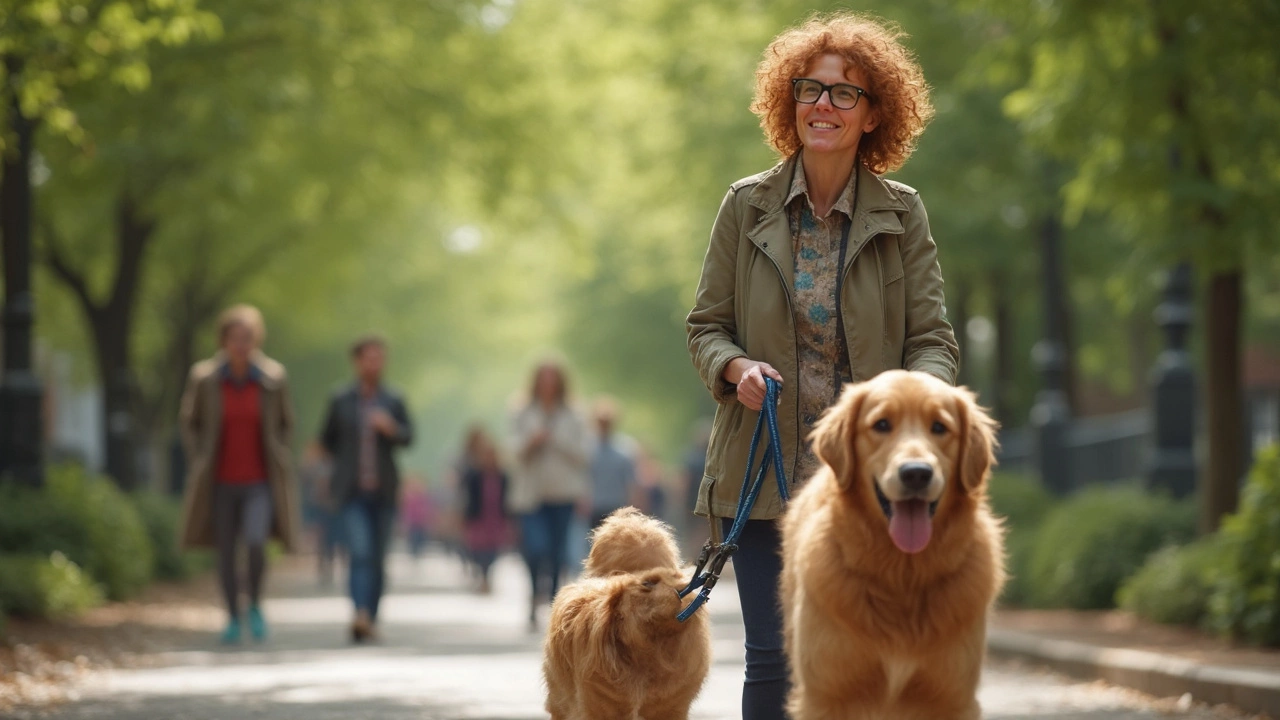How to Stop Dog Pulling on the Leash
If your pooch drags you down the street, you’re not alone. Pulling makes walks stressful for you and scary for your dog. The good news? A few easy changes can turn a tug‑of‑war into a relaxed stroll.
Why Dogs Pull and What It Means
Most dogs pull because they’re excited to explore. Their nose catches a scent, a squirrel darts by, or they simply want to get to the next tree faster. Pulling also shows a lack of leash training – the dog doesn’t know that staying close is more rewarding than sprinting ahead.
Another common cause is a loose harness or collar that allows the dog to move forward without feeling any resistance. When there’s nothing to stop them, they keep going. Understanding the reason helps you pick the right fix.
Simple Tricks to End Pulling Fast
1. Use a short leash. Keep the leash in a relaxed hand, no longer than three feet. A short leash gives you control and makes it harder for the dog to get far ahead.
2. Change direction. The moment your dog lunges, stop and turn the opposite way. This teaches them that pulling doesn’t get them where they want to go.
3. Reward the loose leash. When the leash is slack, give a treat or a quick praise. The dog learns that staying close equals good things.
4. Try a front‑clip harness. These harnesses attach the leash at the chest, which gently redirects the dog toward you when they pull. It’s a simple piece of gear that makes a big difference.
5. Practice “stop‑and‑go” drills. Walk a few steps, then stop. If the dog keeps moving, gently bring them back and start again. Short, consistent sessions build the habit faster than long, occasional walks.
Remember to keep training sessions brief – five to ten minutes a few times a day works better than one long, frustrating walk. Patience pays off; the more you reinforce calm walking, the quicker the habit forms.
If pulling persists, consider a professional trainer who uses positive methods. They can spot subtle cues you might miss and give tailored advice for your dog's breed and personality.
Finally, stay calm yourself. Dogs sense tension and may pull harder if they feel you’re stressed. Take a deep breath, keep your voice friendly, and enjoy the walk as a chance to bond.
With the right gear, a short leash, and consistent rewards, you’ll soon find that walks are less about wrestling and more about exploring together. Your dog will learn that staying by your side leads to treats, praise, and a happy walk every time.
Posted By Bryndle Redding On 10 Mar 2025 Comments (0)
Best Solutions to Stop Your Dog from Pulling: Exploring Effective Dog Collars
Does your dog turn walks into tug-of-war sessions? Discover how different dog collars can help stop your dog from pulling. We'll explore the pros and cons of each type and offer tips to make dog walks a breeze. Learn how to choose the right collar and improve your daily strolls with your canine companion. This guide is perfect for anyone struggling with a dog that constantly pulls on the leash.
READ MORE